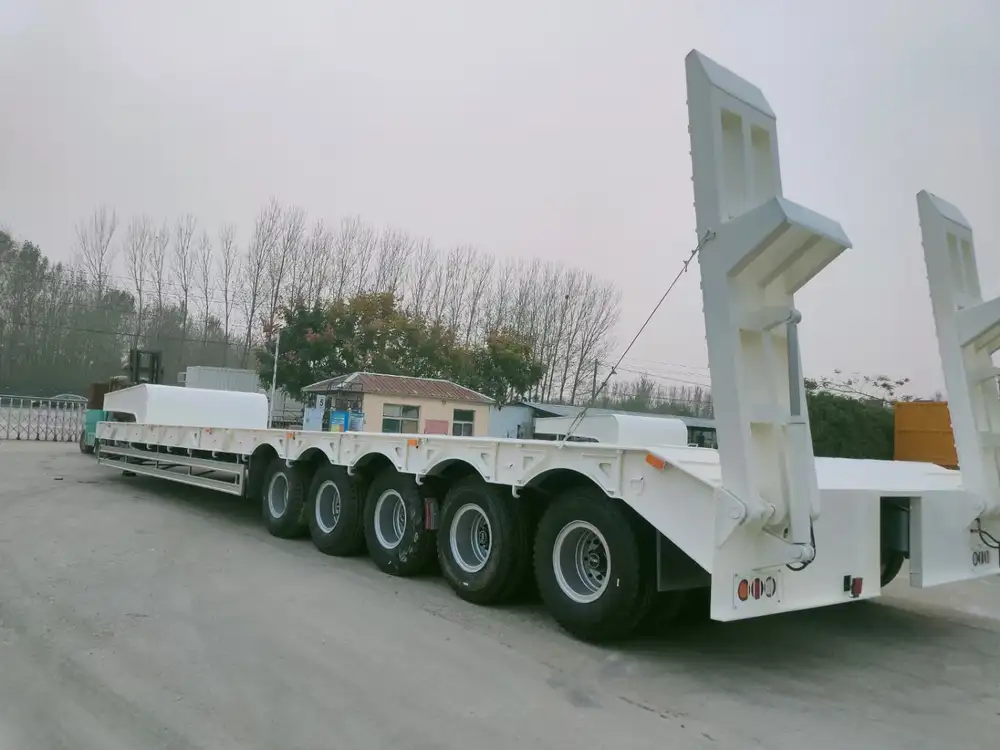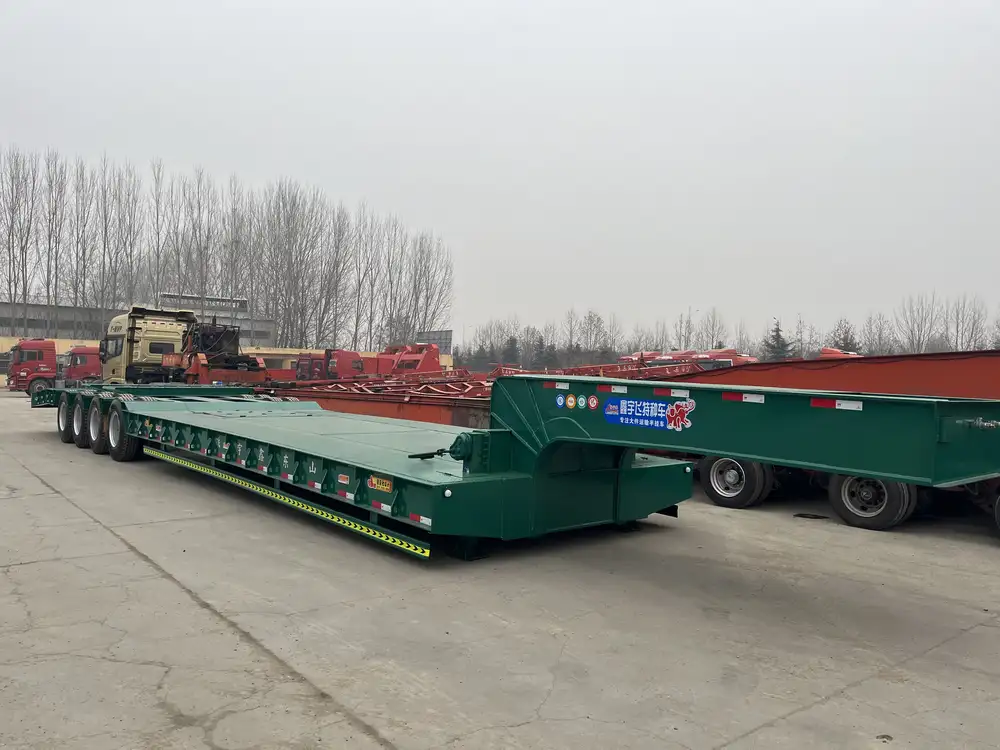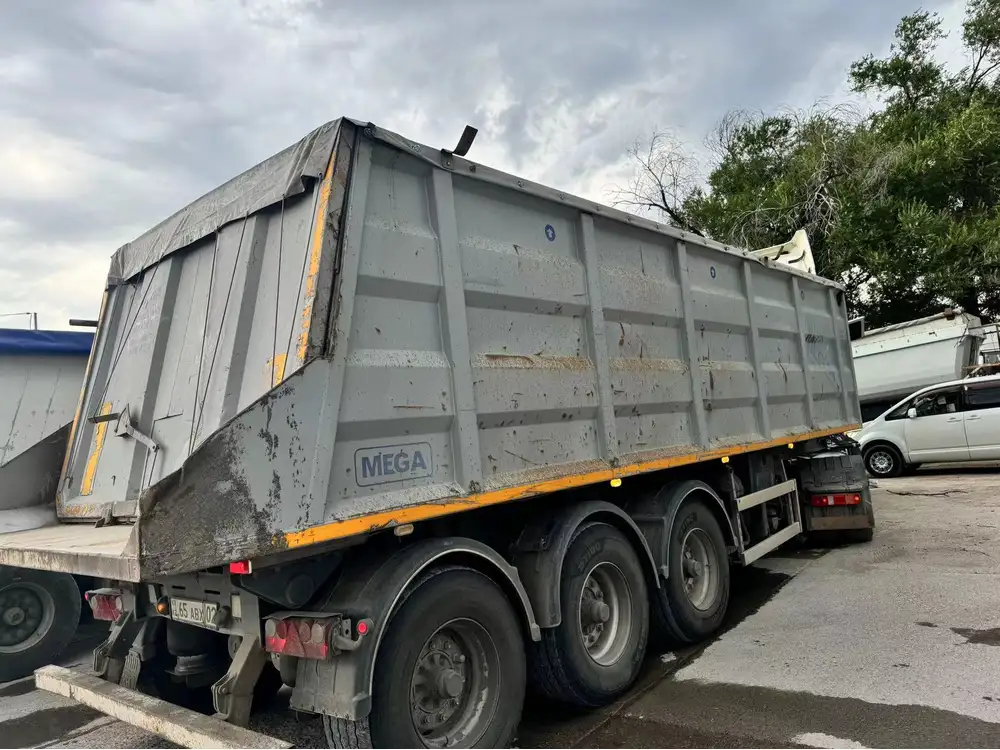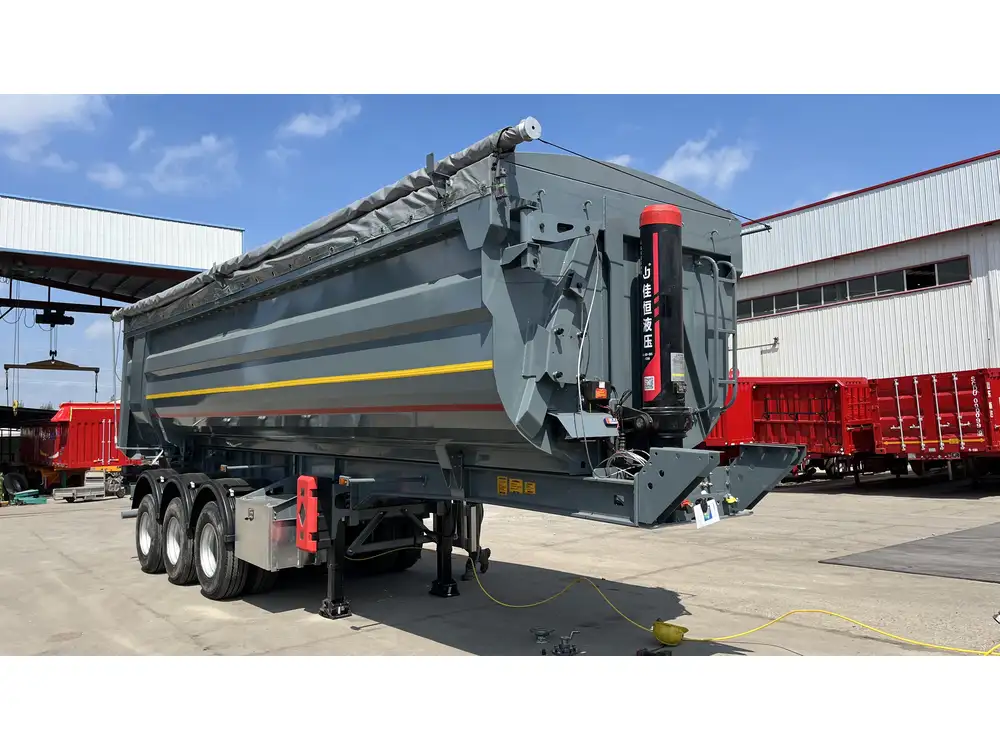When it comes to managing your travel trailer, one of the most critical tasks involves the proper handling of holding tanks—both gray and black. Many travelers may find themselves daunted by the process, but with the right knowledge and equipment, the task becomes straightforward. This guide will provide an in-depth look at how to efficiently empty holding tanks on a travel trailer, ensuring you can fully enjoy your adventures without undue stress.
Understanding Your Holding Tanks
Types of Holding Tanks
Travel trailers typically feature two main types of holding tanks:
Black Water Tank: This tank stores waste from your toilet. It requires careful monitoring and regular maintenance to prevent unpleasant odors and build-up.
Gray Water Tank: This tank collects wastewater from sinks, showers, and appliances. While it does not contain human waste, it can still harbor bacteria and odors if not emptied regularly.

Importance of Regular Maintenance
Regularly emptying your holding tanks is crucial for several reasons:
Health and Sanitation: Accumulated waste can lead to unsanitary conditions and unhealthy living environments.
Odor Control: A full tank can release unpleasant odors that can permeate your trailer and surroundings.
System Efficiency: Keeping tanks empty allows for better flow in your plumbing system, reducing the risk of clogs.
Environmental Considerations: Proper disposal of waste is not just about convenience—it’s also about being responsible stewards of nature.
Essential Equipment for Emptying Holding Tanks
To successfully empty holding tanks, you will need some specific tools and equipment:
| Equipment | Description |
|---|---|
| Sewer Hose | A flexible hose that connects your holding tank to the dump station. Choose a reliable, heavy-duty variant. |
| Sewer Hose Support | A tool to elevate the hose, ensuring proper drainage to the sewer connection. |
| Toilet Chemicals | Used to break down waste and control odors in the black water tank. |
| Gloves | Disposable gloves to maintain hygiene during the process. |
| Bucket or Tote Tank | For transporting any residual waste from the black water tank to the dump station. |
| Fresh Water Hose | To rinse your hose and tanks after emptying. Ensure this hose is designated for drinking water only. |
Preparing for the Process
Before heading to the dump station, ensure you have:
Selected the Right Location: Find a reputable dump station. Many campgrounds and RV parks offer this service, but also check for municipal RV dump stations.
Placed Your Trailer at the Dump Station: Position the trailer so that the waste outlet is directly aligned with the sewer drain to minimize spillage.

Step-by-Step Process to Empty Holding Tanks
Step 1: Gather Your Equipment
Ensure you have all necessary tools and equipment on hand. This will streamline the process and reduce the risk of forgetting crucial items.
Step 2: Prepare Your Dump Station Site
Put on Gloves: Always wear disposable gloves to maintain hygiene.
Remove the Sewer Hose Cap: Locate the sewer outlet on your trailer, generally found near the rear or under the chassis.

Step 3: Attach the Sewer Hose
Connect the Sewer Hose: Securely attach one end of your sewer hose to the trailer’s dump valve and ensure a tight fit. The other end should be directed into the dump station’s sewer connection.
Use Support if Needed: If the hose is long, using a support can help prevent kinks that reduce drainage efficiency.
Step 4: Empty the Black Water Tank
Open the Black Water Valve First: This prevents any potential contamination from gray water. The valve is typically labeled for easy identification. Allow the tank to drain completely, which could take several minutes.
Monitor Your Sewer Hose: During this process, keep an eye on the hose to ensure it doesn’t become dislodged.
Step 5: Rinse the Black Water Tank
After the black water tank has emptied, it’s imperative to rinse it out to prevent build-up:
Add Fresh Water: Use a dedicated clean water hose to add fresh water through the toilet or dedicated tank flush, if available.
Agitate the Tank Water: Close the black valve briefly, and swish the water around. Then open the valve again to drain it.

Step 6: Empty the Gray Water Tank
Open the Gray Water Valve: This tank should be emptied after the black water to help rinse out the sewer hose with cleaner water.
Monitor Drainage: Like before, ensure that drainage is efficient and that the hose remains securely in place.
Step 7: Rinse the Sewer Hose
Rinse with Fresh Water: After both tanks are emptied, use your fresh water hose to thoroughly rinse the sewer hose before disconnecting it. This helps remove any residual waste and odor.
Store Properly: After rinsing, store the sewer hose in a designated compartment separate from your fresh water supplies.
Step 8: Final Checks
Close All Valves: Ensure both black and gray water tank valves are securely closed to prevent any leaks during travel.
Dispose of Gloves Properly: Remove your gloves and dispose of them in a trash bin, ensuring you clean your hands thoroughly.

Troubleshooting Common Issues
Despite thorough preparations, you may encounter a few challenges during the process. Below are solutions to common issues.
| Issue | Solution |
|---|---|
| Slow Drainage | Check for kinks in the sewer hose or consider using a tank cleaner to break down solids. |
| Foul Odor | Ensure that the black water tank is treated with appropriate chemicals and emptied regularly. |
| Backflow into Trailer | If you face potential backflow, check the connection and ensure the hose is not angled upward. |
Maintenance Tips for Holding Tanks
To ensure the longevity and cleanliness of your holding tanks, consider the following:
Regular Use of Chemicals: Utilize holding tank chemicals that help decompose waste and control odors.
Tank Sensors: Install tank sensors to monitor levels without manual checking.
Check for Leaks: Regularly inspect the holding tank valves and pipes for leaks and signs of wear.
Schedule Regular Dumps: Plan to empty your tanks frequently, ideally before they hit 50% capacity.
Summary and Best Practices
Empting the holding tanks on a travel trailer doesn’t have to be a daunting task. By understanding the system, gathering appropriate equipment, and following a structured process, we can ensure that our adventures remain enjoyable. Here’s a concise recap:
- Understand Your Holding Tanks: Recognize the difference between black and gray tanks.
- Gather the Right Equipment: Ensure all necessary tools are ready before you start.
- Follow a Step-by-Step Process: Adhere to the described steps for efficient emptying and cleaning.
- Maintain Your System: Implement regular checks and maintenance for optimal performance.
By keeping these points in mind, we can tackle the task of emptying holding tanks confidently and effectively, ensuring a pleasant and hygienic experience every time we hit the road.



